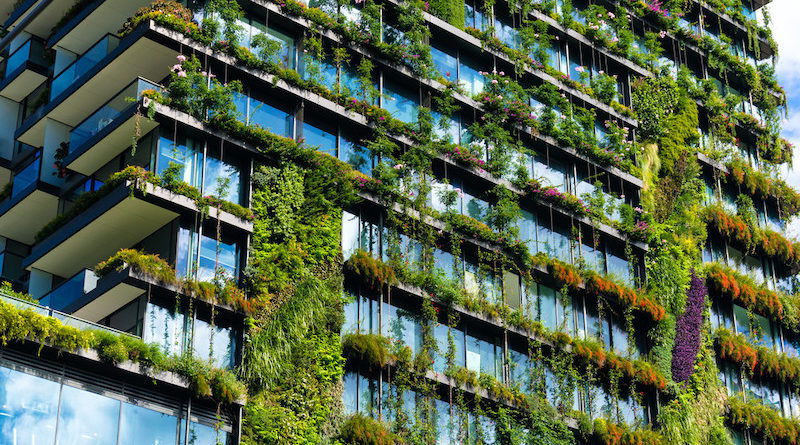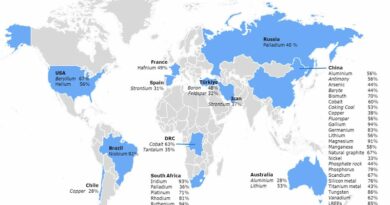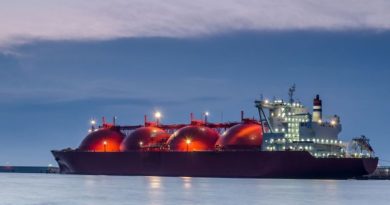
The role of renewable gas in building efficiency
There can be no doubt; we are in a pivotal decade in the fight against climate change. Europe is rightfully a climate leader, but the challenges cannot be overstated nor the enormity of the task more broadly.
The Fit for 55 Package essentially aims to drive an ambitious systemic change in how we produce, consume and store energy. It is clear that addressing sustainability challenges and climate change will be central to the future growth of our economy, as the cost of inaction now will be far exceeded by the costs involved with adaptation, never mind the social and political instability this would create.
The past few years have not been shy in presenting a series of incredibly difficult challenges. The pandemic has affected the economy and society in ways we are still coming to terms with and we remain in a Brexit groundhog day, but Vladimir Putin’s callous war in Ukraine has caused a fundamental shift in European energy policy.
Considering the massive contributions to the EU’s climate and energy targets, the building and construction sector has seen a marked difference in public attention as a climate solution. Buildings are addressed directly and indirectly via several elements of the legislative ecosystem that is the Green Deal
The Energy Performance of Buildings Directive (EPBD) is the main EU legal instrument in this area and introduces new standards for energy performance to decarbonise the building sector, with changes to definitions of energy performance standards, revisions to national building renovation plans and a new requirement for life-cycle emission calculations for new builds.
Ensuring the success of the Renovation Wave will essentially come through five interlinking factors: the money to pay for renovations, the workers to do the work, the supply of materials, an overarching secure regulatory framework to incentivise building owners to undertake renovations and decarbonisation of the energy system.
We need to see a coordinated and clear effort by the Commission and Member States to address the issue of skills. Member States must invest in capacity building, technical assistance and on upskilling and reskilling policies to realise the twin transition of a green and digital transition.
The Commission in the REPowerEU plan has proposed to establish an EU Solar Industry Alliance and a large-scale skills partnership. This in my view should include much more of an emphasis on an EU skills initiative that enables intermediaries such as installers, architects or contractors to advise, prescribe or install relevant solutions for energy efficiency programmes and a decarbonised building stock. Some actions have been taken under the Pact for Skills, but unfortunately, I remain underwhelmed at their progress.
To complement electrification and the intermittency of renewable electricity sources, renewable and low carbon gases used efficiently with the likes of cogeneration will be needed for hard to decarbonise buildings, where an existing gas network can be decarbonised effectively and alternatives such as electrification are not feasible or cost-effective.
In the majority of cases across the Union, full electrification at individual level and district heating from renewable sources will be the most beneficial option, taking into account efficiency, reliability and cost. In this sense, the main role for biogas and hydrogen will be to balance the electrical grid and the district heating as well as being a direct source when electrification is not technically or economically the best solution.
However, in reality, the build environment greatly varies across the EU and represents an expression of cultural heritage and a visualisation of a region or country’s history. We all are at different starting points with different complexions of infrastructure (physical and administrative) and capacity, making the need for balanced mix of modern technologies all the more important, especially for renewables ready heating technologies.
We must keep the overarching goal at the core of any plans; in this case, we should seek to ensure the system is energy efficient and that will need to incorporate gas solutions.
There will be excess pressure on the system at peak times and to manage a sustainable (and affordable) energy transition all renewable energy production, storage, grid capacity and possible synergies should be readily utilised.
Renovation roadmaps for decarbonising European heating and cooling in buildings must include diversification of energy supply towards higher uptake of renewable energy sources, including efficient use of renewable gases. The EPBD must reflect this simple reality.
For zero-emission buildings (ZEBs) for example, in the Commission proposal (in addition to energy efficiency requirements) the current definition states the need for energy from renewable sources generated on-site, from a renewable energy community or from a district heating and cooling system.
There are opportunities to ramp up domestic supply of renewable gases, but we must also do this in conjunction with the municipal and agricultural waste recycling and industrial sectors.
This is too restrictive, ZEBs should be able to meet minimum energy needs by being able to use renewable energy irrespective of the grid used, the market player involved or the distance to the renewable energy sources.
Without providing such options to Member States, we risk imposing unnecessary cost and not utilising existing infrastructure efficiently. All of which will have a direct effect on the cost of the transition, that ultimately will passed on to the end consumer in some fashion.
The goal is to decarbonise the building stock and every technology that can deliver on this should be considered.




